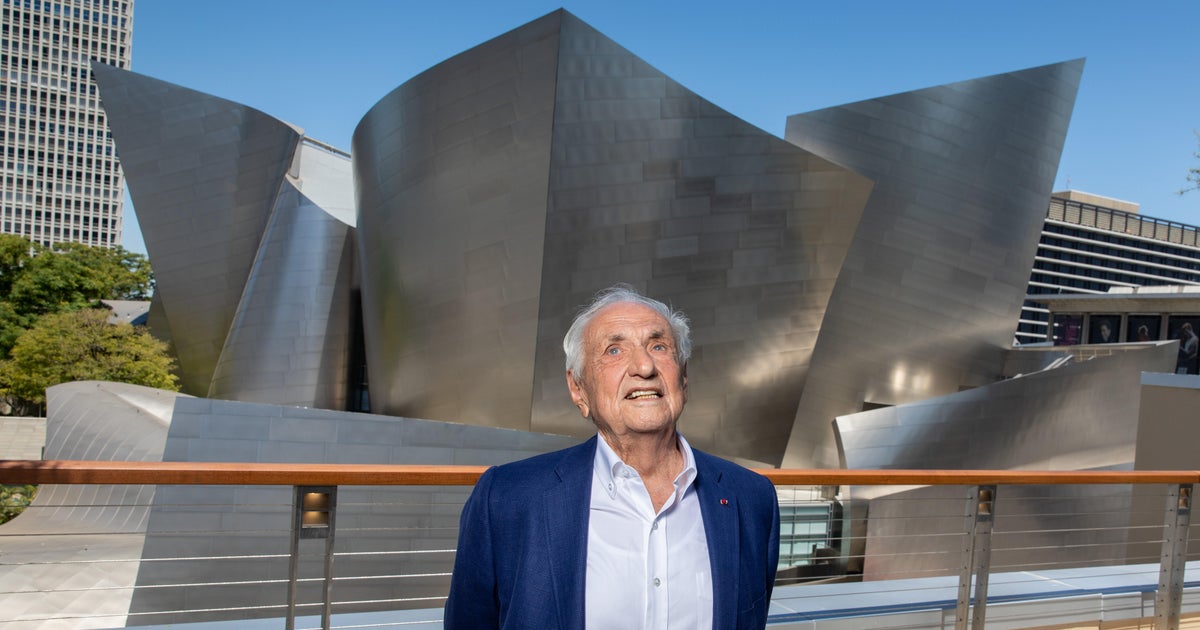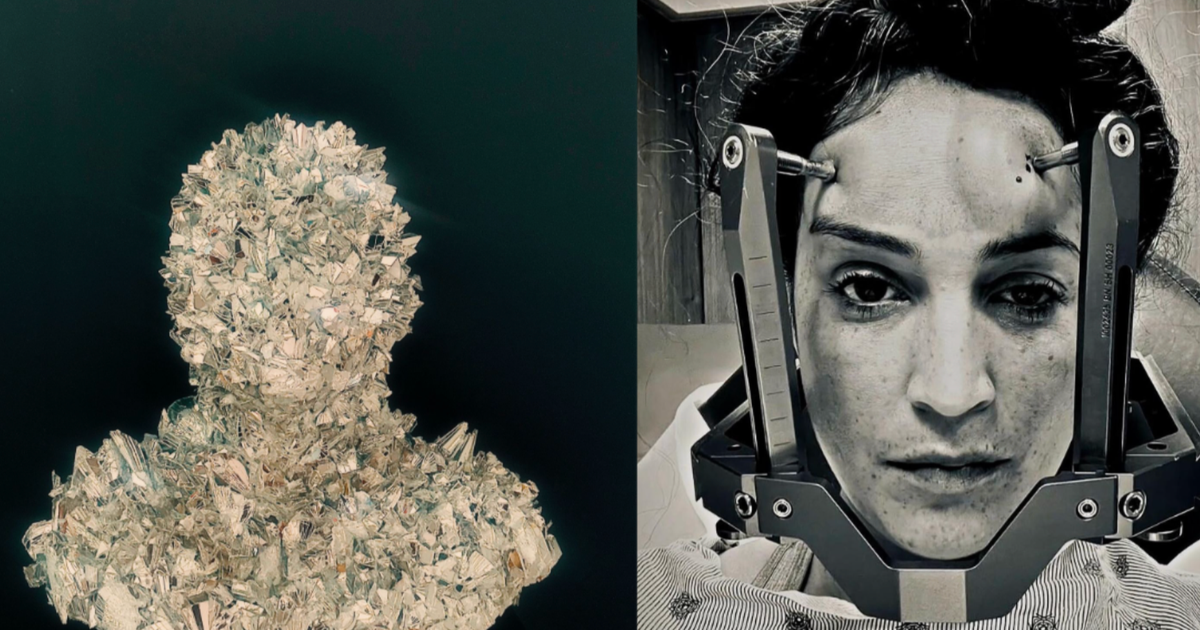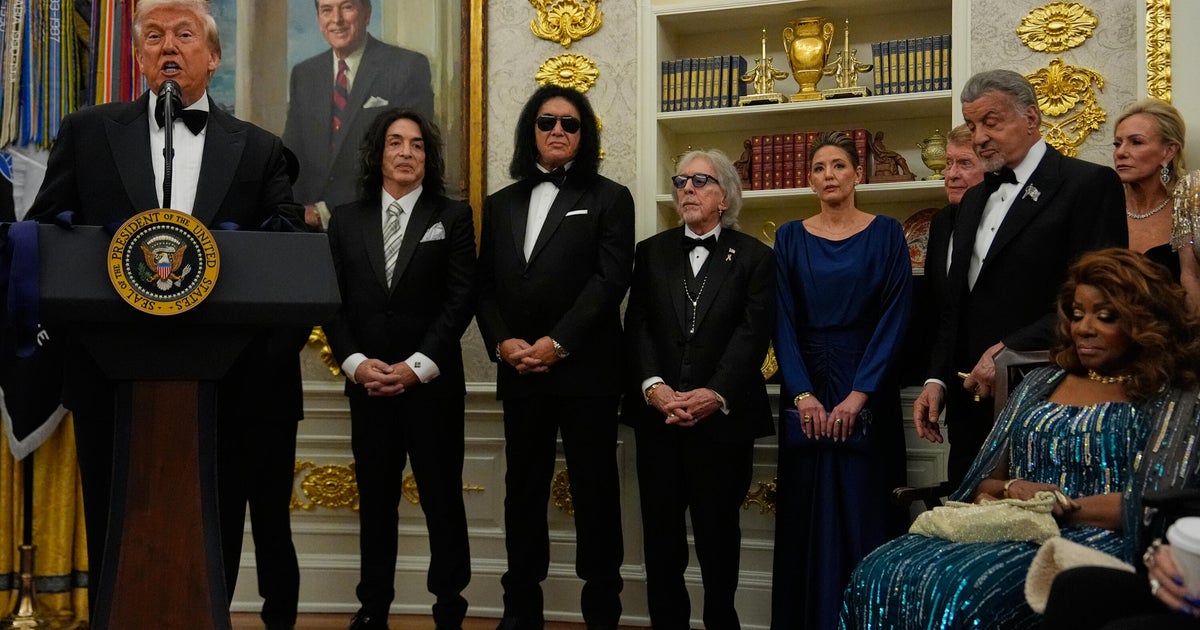New exhibit at the Metropolitan Museum of Art explores work of enslaved Afro-Hispanic artists
NEW YORK - A groundbreaking new exhibit at the Metropolitan Museum of Art opens next week. It explores the work of Juan de Pareja, an artist enslaved by Spanish painter Diego Velázquez in the 1600s.
Pareja's face has graced the halls of the Met for more than 50 years. His portrait, painted in 1650, is considered to be one of Velasquez's masterpieces, and it features the man the artist enslaved for two decades.
"In many ways, once people saw this painting of Pareja, they thought, 'Wow, this guy is absolutely incredible,' and in the process, probably Pareja himself became famous as a face," said David Pullins, associate curator of European Painting for the museum.
Now, the spotlight turns to Pareja's talents. The exhibit, "Juan de Pareja: Afro-Hispanic Painter," brings together works created by enslaved artists like him and explores how they were used as muses for their masters.
"Certainly the pandemic brought to the fore all of these issues about erasure, neglect and the need to understand Black history again in its breadth and its entire scope," co-curator Dr. Vanessa K. Valdes said about the timing of the exhibit.
Museums around the world contributed to the collection, which includes large-scale paintings by Pareja, on loan from the Prado in Madrid.
Key to uncovering Pareja's story was Arturo Schomburg. The Harlem Renaissance historian first saw Pareja's paintings on a trip to Spain. The experience became the subject of an essay.
"Arturo Schomburg went to Madrid in 1926 and wrote about just sitting there in reverence," Valdes said, "and that's what we hope that our audience will also feel."
Excerpts from Schomburg's essay guide visitors along the exhibit, encouraging them to consider the lives behind the brushstrokes. This is the first time Pareja's portrait appears alongside the document that freed him the same year it was painted, as well as the pieces he produced afterwards.
"The last 15 years of his life, he is painting in a way that's completely distinct from his time, from Velázquez," Pullins explained, "and in that sense, really sort of claiming his own artistic agency and legacy."
A legacy painted by pain and freedom is on display now.
You can visit the exhibit starting April 3 through July 16. To learn more, click here.
Have a story idea or tip in Harlem? Email Jessi by CLICKING HERE.








